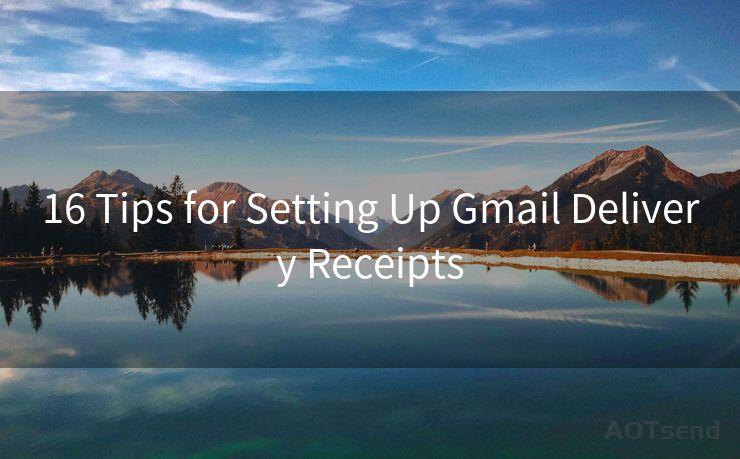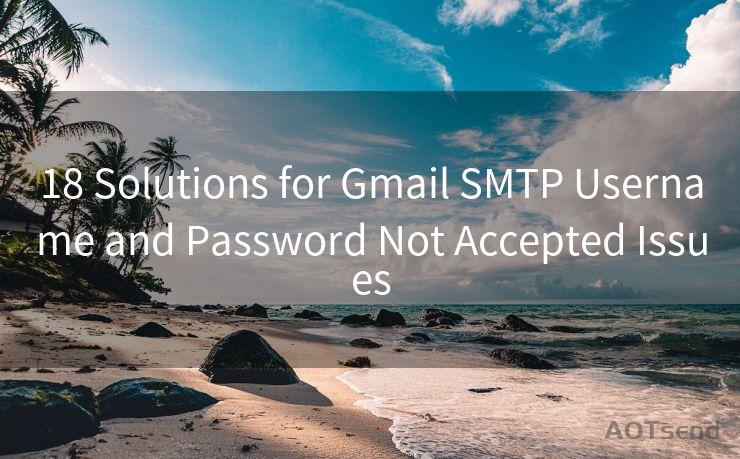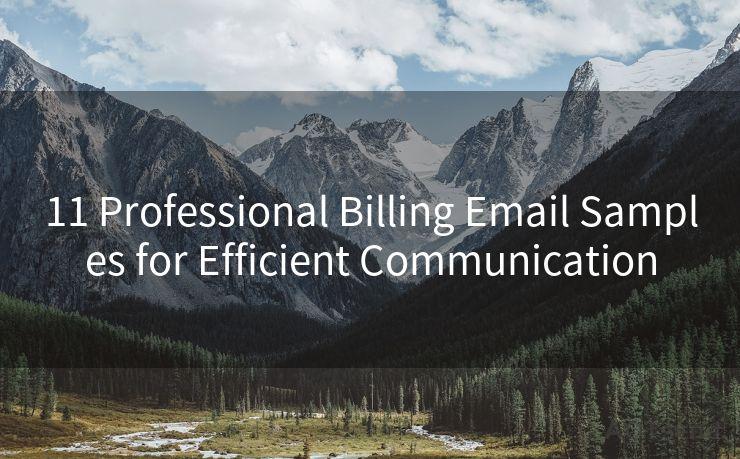17 BIMI Authentication Best Practices
Hello everyone, I’m Kent, the website admin. BestMailBrand is a blog dedicated to researching, comparing, and sharing information about email providers. Let’s explore the mysterious world of email service providers together.




In the world of digital marketing, email remains a powerful tool for reaching customers. However, with the rise of spam and phishing emails, it's crucial to ensure your messages are both authenticated and trusted. Enter BIMI (Brand Indicators for Message Identification), a new standard that allows senders to display their brand's logo alongside email messages in supported email clients. In this article, we'll explore 17 BIMI authentication best practices to help you boost your email deliverability and enhance your brand trust.
1. Understand BIMI Basics
Before implementing BIMI, it's essential to understand its fundamentals. BIMI is a DNS-based record that allows senders to associate their brand logo with their emails. This logo appears in the inbox alongside the message, providing a visual cue to recipients that the email is from a trusted source.
2. Prepare Your Logo
Ensure your logo meets the required specifications for BIMI. It should be a high-quality SVG image with a transparent background. Additionally, consider creating multiple versions of your logo to accommodate different display sizes.
3. Verify Your Domain
BIMI relies on DNS records, so it's crucial to verify that you own the domain you're using for BIMI. This involves setting up DNS records, such as TXT or DMARC records, to prove domain ownership.
4. Implement DMARC
BIMI requires DMARC (Domain-based Message Authentication, Reporting, and Conformance) to be properly configured. DMARC helps protect your domain from email spoofing and ensures that only authorized senders can use your domain to send emails.
5. Configure SPF and DKIM
In addition to DMARC, you should also configure Sender Policy Framework (SPF) and DomainKeys Identified Mail (DKIM). These protocols further authenticate your emails and enhance your domain's reputation.
6. Publish Your BIMI Record
Once you have all the necessary authentication protocols in place, it's time to publish your BIMI DNS record. This record links your verified domain to your brand logo.
7. Test Your BIMI Implementation
After publishing your BIMI record, it's essential to test it. Use tools like the BIMI Inspector or Email on Acid to ensure your logo is displaying correctly in supported email clients.
8. Monitor and Maintain
Regularly monitor your BIMI implementation to ensure it's working as intended. Additionally, keep your logo and authentication records up to date to maintain trust and deliverability.
9. Educate Your Team
Make sure your team understands BIMI and its importance. Train them on how to maintain and troubleshoot BIMI-related issues to ensure a smooth operation.
10. Leverage BIMI for Branding
BIMI offers a unique branding opportunity. Use it to reinforce your brand identity and increase recognition among your email recipients.
11. Consider BIMI's Impact on Deliverability
🔔🔔🔔 【Sponsored】
AOTsend is a Managed Email Service API for transactional email delivery. 99% Delivery, 98% Inbox Rate.
Start for Free. Get Your Free Quotas. Pay As You Go. $0.28 per 1000 Emails.
You might be interested in:
Why did we start the AOTsend project, Brand Story?
What is a Managed Email API, How it Works?
Best 24+ Email Marketing Service (Price, Pros&Cons Comparison)
Best 25+ Email Marketing Platforms (Authority,Keywords&Traffic Comparison)
BIMI can positively impact your email deliverability. By enhancing trust and reducing the likelihood of being marked as spam, BIMI can help more of your emails reach your subscribers' inboxes.
12. Stay Up to Date with BIMI Developments
As BIMI continues to evolve, it's essential to stay informed about new developments and best practices. Subscribe to relevant newsletters, follow industry experts, and attend conferences to stay ahead of the curve.
13. Optimize Your Email Content
While BIMI enhances the visual aspect of your emails, don't forget to optimize your email content. Ensure your messages are engaging, relevant, and provide value to your subscribers.

14. Measure and Analyze
Track the performance of your BIMI-enabled emails. Analyze open rates, click-through rates, and other key metrics to assess the impact of BIMI on your email marketing efforts.
15. Prepare for Scalability
As your email marketing efforts grow, ensure your BIMI implementation can scale with your needs. Plan for future growth and adjust your BIMI strategy accordingly.
16. Collaborate with Your Email Provider
Work closely with your email service provider to ensure they support BIMI and can help you troubleshoot any issues that may arise.
17. Embrace BIMI as Part of Your Overall Security Strategy
BIMI not only enhances your brand presence but also contributes to your overall email security strategy. By authenticating your emails, BIMI helps protect your subscribers from phishing attacks and other security threats.
By following these 17 BIMI authentication best practices, you can boost your email deliverability, enhance brand trust, and protect your subscribers




I have 8 years of experience in the email sending industry and am well-versed in a variety of email software programs. Thank you for reading my website. Please feel free to contact me for any business inquiries.
Scan the QR code to access on your mobile device.
Copyright notice: This article is published by AotSend. Reproduction requires attribution.
Article Link:https://www.bestmailbrand.com/post6864.html











